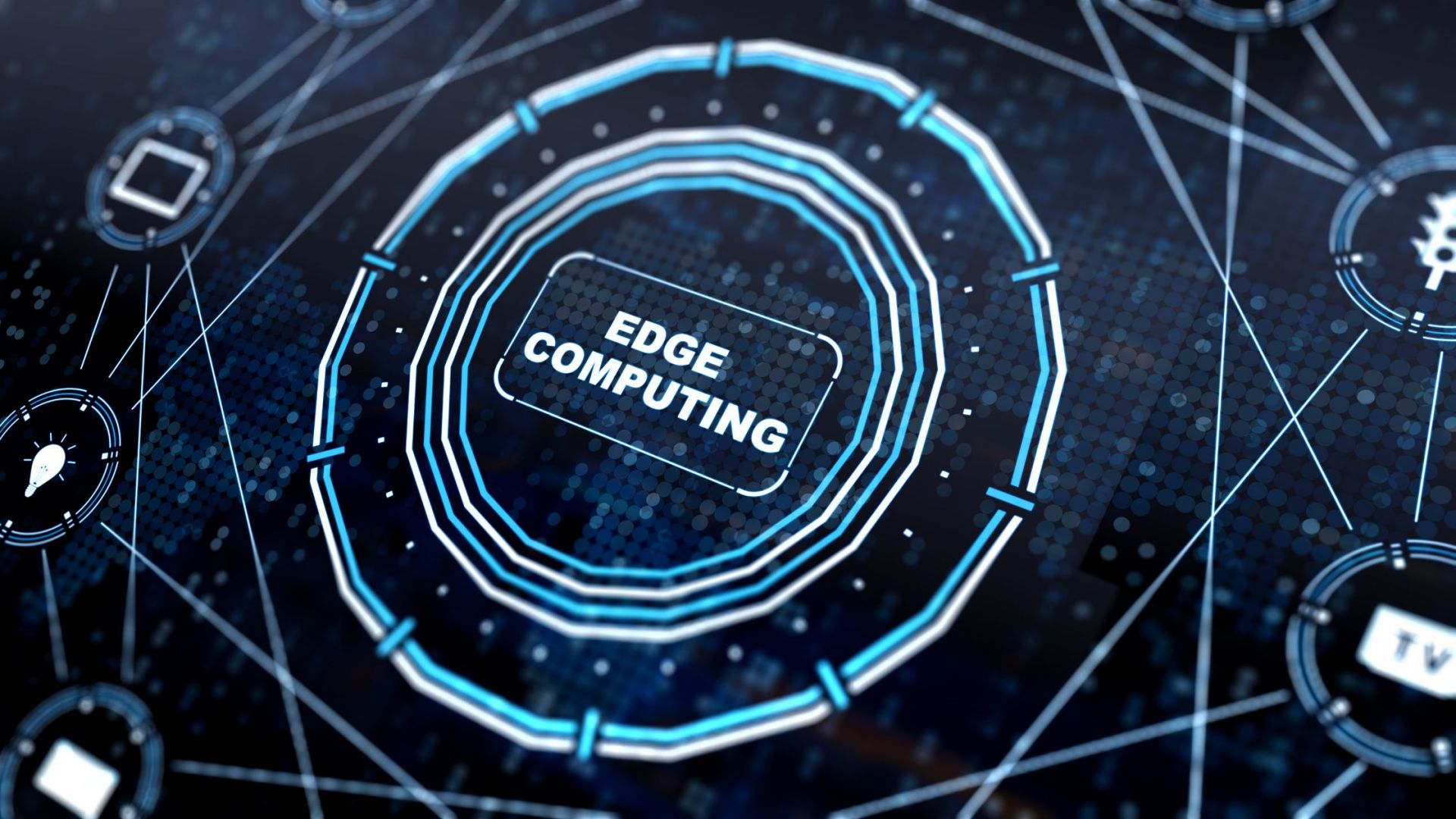
How Can Edge Computing Be Used to Improve Sustainability?
Cloud computing has become increasingly popular in recent years, with more and more companies migrating to the cloud. But, on the flip side, its rapid growth also poses serious environmental risks, which are a massive cause of concern.
In this digital era, substantial centralized data centers are essential to the cloud computing infrastructure. However, the problem is that they consume more energy per year than some countries consume in a whole year. These centers also produce an estimated 2% of all global CO2 emissions. In addition, maintaining cloud infrastructure (manufacturing, shipping of hardware, buildings, and lines) also emits a lot of greenhouse gases and produces a lot of abnormal waste.
Edge computing is increasingly recommended and implemented as a much safer alternative to fix this issue. So, keep reading to find out more about edge computing and how we can use it to improve sustainability.
Edge Computing as a Sustainable Solution
The share of global electricity used by data centers is estimated to be around 1-3%. However, with digital technology growing daily, estimations expect the communications industry to use over 20% of the world’s electricity by 2025.
As a result, edge computing is being introduced and implemented as a solution that helps to eliminate the need to send large packets of information across the global network by storing your data at the edge of your infrastructure. As a result, edge computing reduces the amount of useless and wasteful data that traverses to and from the cloud as much as possible, thus reducing energy consumption in the long run.
How Does Edge Computing Improve Sustainability?
- It allows for less network traffic and lowers data center usage:
Edge computing helps optimize energy usage by reducing the amount of data traversing the network. In addition, by running applications at the user edge, data can be stored and processed close to the end user and their devices instead of relying on centralized data centers that are often hundreds of miles away. This will lead to lower latency for the end user and could significantly reduce energy consumption. - It is optimized for efficiency:
As I mentioned earlier, the fundamental premise of edge computing is that you store your data at the edge of your infrastructure, so you aren’t always sending large packets of information across the global network and using bandwidth.
To this end, edge data centers are typically more efficient than cloud data centers, and any computing done more efficiently helps reduce energy consumption. Considering the vast number of devices already deployed, reducing resource use for the same operations is significant worldwide. This difference is what makes edge computing more highly optimized for resource efficiency.
- It allows you to use existing hardware:
Edge computing will enable companies to use existing hardware and infrastructure to take advantage of the available computing power. This can reduce the amount of new infrastructure required, which will free up bandwidth for other applications. - It provides solutions that help enterprises monitor and manage their energy use:
Edge computing already supports several smart grid applications, such as grid optimization and demand management. With these, enterprises can track energy usage in real-time and put preventive measures in place to limit it where possible.
Conclusion
Even though Cloud computing offers tremendous benefits, it is not without disadvantages. Edge computing is one great way to end the disadvantages that come with the technology. By leveraging edge computing, we can reduce bandwidth and server capacity and, at the same time, also take advantage of underutilized device capabilities.
What are your thoughts about edge computing?





